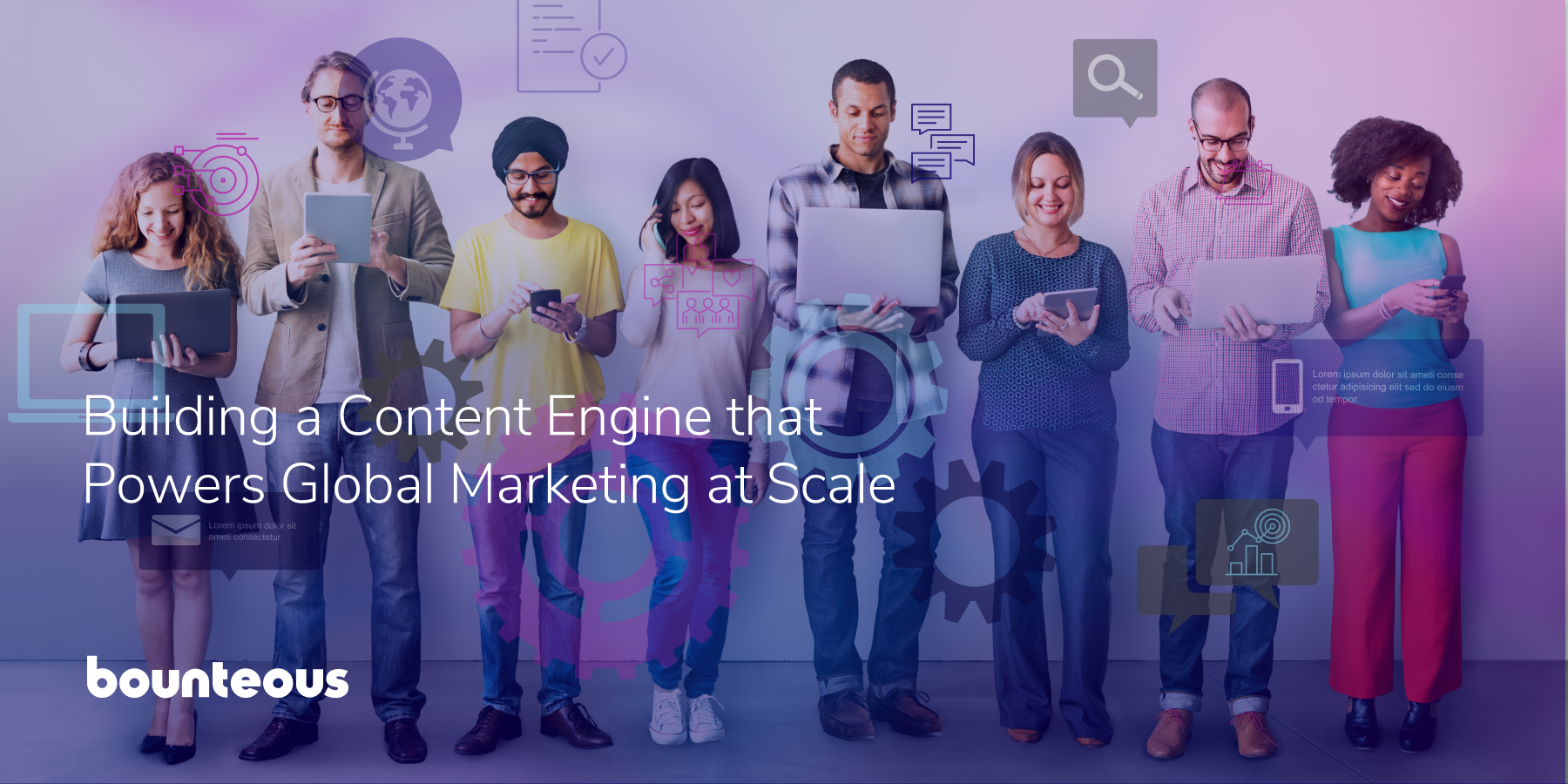Understanding Artificial Intelligence
Companies like Apple, Amazon, and Google understand that much of what they do is connect people with the information they need, when they need it. It’s on the strength of their information delivery systems that they’re able to sell ads, apps, and add more value to their users’ lives.
A concrete example would be the way that Google uses search to deliver relevant content and ads. In the past, when a user searched for something on Google, it would just return whatever websites had text that matched their search terms, which wasn’t always relevant. Now, Google can discern the difference between sites that are about the topic you are searching for, and those that simply make mention of it. You can even ask general questions and get appropriate answers most of the time.
The relevant question here, as always, is what’s next? What if Google could do a better job understanding the meaning and context of what you were really trying to find? What if you could speak to it the same way you speak to a person? What if it knew what you were trying to accomplish, and provided proactive suggestions? It would become an easier to use, intuitive tool, that offered more value with less effort.
This is the thinking behind so-called digital assistants like Alexa and Siri. These programs, and the ideas that underpin them, could profoundly change how we interact with computers in the future. For a long time, Artificial Intelligence (AI) technologies like speech and image recognition were too unreliable to be commercially useful. But that’s changing fast.
Much of the progress stems from so-called Deep Learning techniques—which encompass many variations of neural networks, linked together in layers.
The Role of Neural Networks
Neural networks are a class of algorithm modeled after the neurons and synaptic connections in the human brain. Programmers can direct individual neurons in such a network to carry out different operations and can connect the constituent neurons in various ways.
Here’s where it gets interesting: except in a broad sense, programmers don’t know how exactly to connect these neurons to give rise to the desired outputs for a set of inputs. This is a feature, not a bug. It’s what separates neural networks from other types of programs. Instead of explicitly deciding how all the neurons will affect each other, we train a neural network by feeding it large volumes of inputs and the expected outputs. Little by little, the neural network modifies its connections in order to get better at recognizing what types of inputs should lead to the expected outputs. It’s similar to how babies learn to speak by seeing their parents point at things and hearing the words they say.
The implications of this technology are significant. Neural networks can be trained to recognize patterns in the stock market, predict the weather, recognize faces in images, turn spoken speech into text, translate from one language to another and even play video games. Eventually, AI will be better at some of these things than people.
This isn’t to say that neural networks are the solution to every problem. Computationally, they are very expensive and setting them up requires a great deal of trial, error, and effort. If a computing problem can be solved by traditional means, that’s usually the approach taken. Neural networks are most useful for well-defined problems with ambiguous or hard to define solutions.
Neural networks represent an attempt to create a program that can generate its own solutions to problems. In a sense, this is the basis of AI.
The ultimate goal of AI is the creation of a general intelligence that can be trained on a variety of tasks and use past experience to identify new problems and create new solutions. Think Commander Data on Star Trek.
There’s still quite a way to go before something like that is possible. Current networks are usually trained to recognize a narrow set of data and cannot always handle new types of inputs without additional training and calibration, which can take days or even weeks. Tasks like understanding speech and intention require a large amount of context about human affairs that machines are lacking. But work is progressing, and a significant number of jobs could be automated in the near future. One thing is for certain, the economic impacts of AI will be extensive, and the cost of ignoring it will be high.


